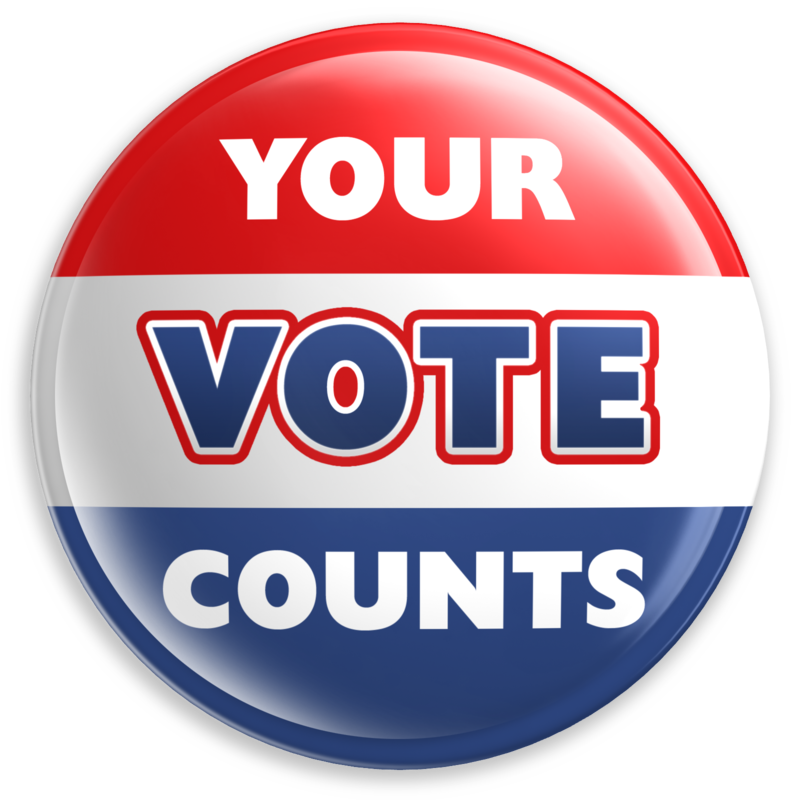[dropcap]T[/dropcap]urn on any TV news program and you are likely to hear the latest news on how Donald Trump and Hillary Clinton are polling among Latinos, college graduates, blue-collar workers, voters over the age of 65, or some other voter demographic group. As you most likely know, the President of the United States is not chosen through a national popular vote, but rather is selected by the 538 members of the Electoral College. I believe that this Electoral College system has two major flaws.
The first is that it violates the one person, one vote rule that should be a standard for a modern democracy. In the current system, where you live determines how much, if at all, your vote counts. It seems patently undemocratic that in one of the nations most proud of its democratic state, not all votes are weighted the same.
The second problem is the issue with battleground states. The current state-by-state “winner take all” method of awarding electoral votes was not mentioned in the Constitution, but has been adopted by 48 states (Maine and Nebraska are the exceptions). This method ensures that after candidates win their party’s nomination, about 80% of states and their voters will be completely ignored. Candidates have no reason to visit, advertise, or listen to the concerns of people in states where the particular candidate is either securely in the lead or hopelessly behind.
In 2012, President Obama visited eight of these battleground states, and Governor Romney visited 10. These 10 accounted for 98% of the $940 million spent on all campaign advertising for both candidates, and decided the election. There is nothing special about these states, except that their populations happen to be fairly evenly divided from a sociological standpoint. So, why is this flawed Electoral College system still in use today?
To answer that question we must look at why the Electoral College is a part of the Constitution in the first place. The system was created in 1787 as a compromise in the debate over whether the voters or Congress should have the power to elect the President. Alexander Hamilton and other framers of the Constitution feared giving too much power to the people. “A small number of persons, selected by their fellow-citizens from the general mass, will be most likely to possess the information and discernment requisite to such complicated investigations,” he wrote in “Federalist #68.”
However, many of the original justifications for adopting the Electoral College have become irrelevant. For example, the 17th Amendment shifted the power to elect senators from state legislatures to the people, which shows that the notion of electors having better judgement than the general populace is outdated.
One argument in defense of the Electoral College is that it protects the interests of smaller states that may be ignored in a national popular election. However, none of the 10 most rural states received any attention during the past election cycle. Big states like Texas, New York, Georgia, and California were generally ignored as well.
Because of the state-by-state voting method, the candidate who wins the national popular vote is not guaranteed to win the Presidency. In fact, this has happened in four out of the 57 presidential elections (7%). In the 2000 election between Bush and Gore, 537 popular votes in Florida won the election for Bush, despite Gore’s surplus of over 537,000 popular votes nationwide. In 2012, a mere shift of about 200,000 votes in four states would have given Romney a victory despite Obama’s nationwide lead of almost five million votes.
Gallup polls from 1944-2011 indicate that only about 20% of the public supports the current system of winner take all each state’s electoral college votes with about 70% against it. Whether people support a national popular election or proportional delegation of electoral votes within states, the Electoral College system is very unlikely to be changed as battleground states would block any efforts, fearing they would lose influence in the election. For those of you who have forgotten or not yet taken high school government class, the most common way for an amendment to be passed is by a two-thirds vote in the House and Senate before acceptance by majority vote in the legislatures of three fourths of the states (38).
Unless Article V (the amendment process) of the Constitution is changed, the same few battleground states will continue to determine the presidential victor in the United States.








